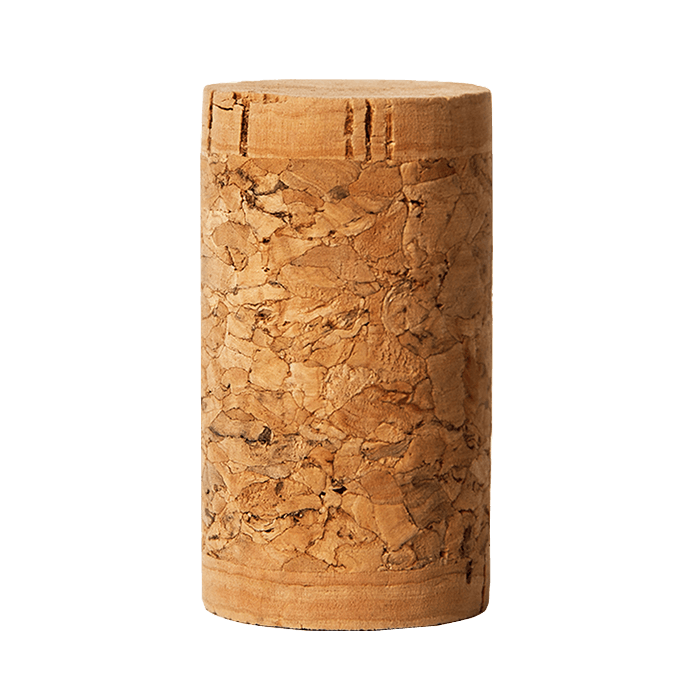Bottle and cork are integral components of the wine experience, influencing not only the preservation of the wine but also its overall quality and taste. In this article, we will explore the significance of these two elements, their history, and how they interact to enhance your wine enjoyment.
Understanding the relationship between a bottle and cork can greatly influence your appreciation for wine. The right bottle and cork combination ensures that wine ages properly, maintains its flavor, and remains free from contamination. This article aims to provide comprehensive insights into the world of bottle and cork, making it an essential read for wine lovers and connoisseurs alike.
As we delve deeper into this topic, we will also discuss various types of bottles and corks, their characteristics, and how they affect the wine inside. By the end of this article, you will have a better appreciation for these components and their role in the wine-making process.
Table of Contents
1. The History of Bottles and Corks
The history of bottles and corks dates back centuries, with both elements playing critical roles in the evolution of wine storage and consumption. Early wine storage methods involved clay amphorae and other rudimentary containers, but with time, glass bottles became the standard.
Cork, derived from the bark of the cork oak tree, has been used for centuries as a closure for bottles. The first use of cork stoppers is believed to have occurred in the 17th century, providing a more effective seal than previous materials.
2. Types of Wine Bottles
Wine bottles come in various shapes and sizes, each designed for specific types of wine. Here are some common bottle types:
- Bordeaux Bottle: Tall and straight, commonly used for red wines.
- Burgundy Bottle: Shorter with a wider base, ideal for Pinot Noir and Chardonnay.
- Champagne Bottle: Thick glass to withstand high pressure, used for sparkling wines.
2.1 Glass vs. Plastic Bottles
While glass remains the preferred material for wine bottles, plastic bottles are becoming more common, particularly for inexpensive wines. However, glass bottles offer better protection against oxidation and light exposure, making them the superior choice for long-term storage.
3. Corks: Types and Characteristics
Corks are not all created equal. There are several types of corks, each with its own unique properties:
- Natural Cork: Made from the cork oak tree, offering excellent sealing properties.
- Composite Cork: Made from leftover cork particles, providing a more affordable option.
- Screw Caps: Increasingly popular, particularly in regions like Australia and New Zealand.
3.1 The Benefits of Natural Cork
Natural cork is favored by many winemakers due to its ability to allow small amounts of oxygen to enter the bottle, which aids in the aging process. This characteristic is essential for certain types of wine, particularly reds that benefit from oxidation.
4. The Role of Corks in Wine Preservation
Corks play a vital role in preserving wine quality and flavor. A well-sealed cork prevents the wine from oxidizing too quickly, allowing it to age gracefully. However, cork taint, caused by the chemical TCA, can spoil the wine, resulting in musty flavors.
5. Alternative Closure Options
As the wine industry evolves, alternative closure options are gaining traction. Some of these include:
- Screw Caps: Offer a tight seal and are easy to open, making them popular for white and rosé wines.
- Glass Stoppers: Provide an aesthetic appeal and a reusable option.
5.1 Pros and Cons of Alternative Closures
While alternative closures offer convenience, they may not provide the same aging potential as natural corks. Understanding the pros and cons can help consumers make informed choices when purchasing wine.
6. How to Properly Store Wine
Proper wine storage is essential for maintaining quality. Here are some storage tips:
- Store wine bottles horizontally to keep the cork moist.
- Avoid direct sunlight and temperature fluctuations.
- Maintain a consistent temperature, ideally between 45°F and 65°F.
7. Myths and Facts About Bottle and Cork
There are many myths surrounding bottles and corks. Here are some common misconceptions:
- Myth: All wines improve with age.
- Fact: Only certain wines benefit from aging; most are best consumed young.
- Myth: Screw caps indicate low-quality wine.
- Fact: Many high-quality wines now use screw caps for their benefits.
8. Conclusion and Final Thoughts
In conclusion, understanding the relationship between bottle and cork is essential for any wine enthusiast. By recognizing the various types of bottles and corks, their roles in preservation, and proper storage techniques, you can enhance your wine experience significantly.
We invite you to share your thoughts in the comments below, and don’t forget to explore more articles on our site for further insights into the fascinating world of wine.
Thank you for reading, and we hope to see you back here soon for more informative content!
Also Read
Article Recommendations



ncG1vNJzZmivp6x7tMHRr6CvmZynsrS71KuanqtemLyue9Oop6edp6iBcK7OraulnV2Wu6V5wqippGaYqbqt